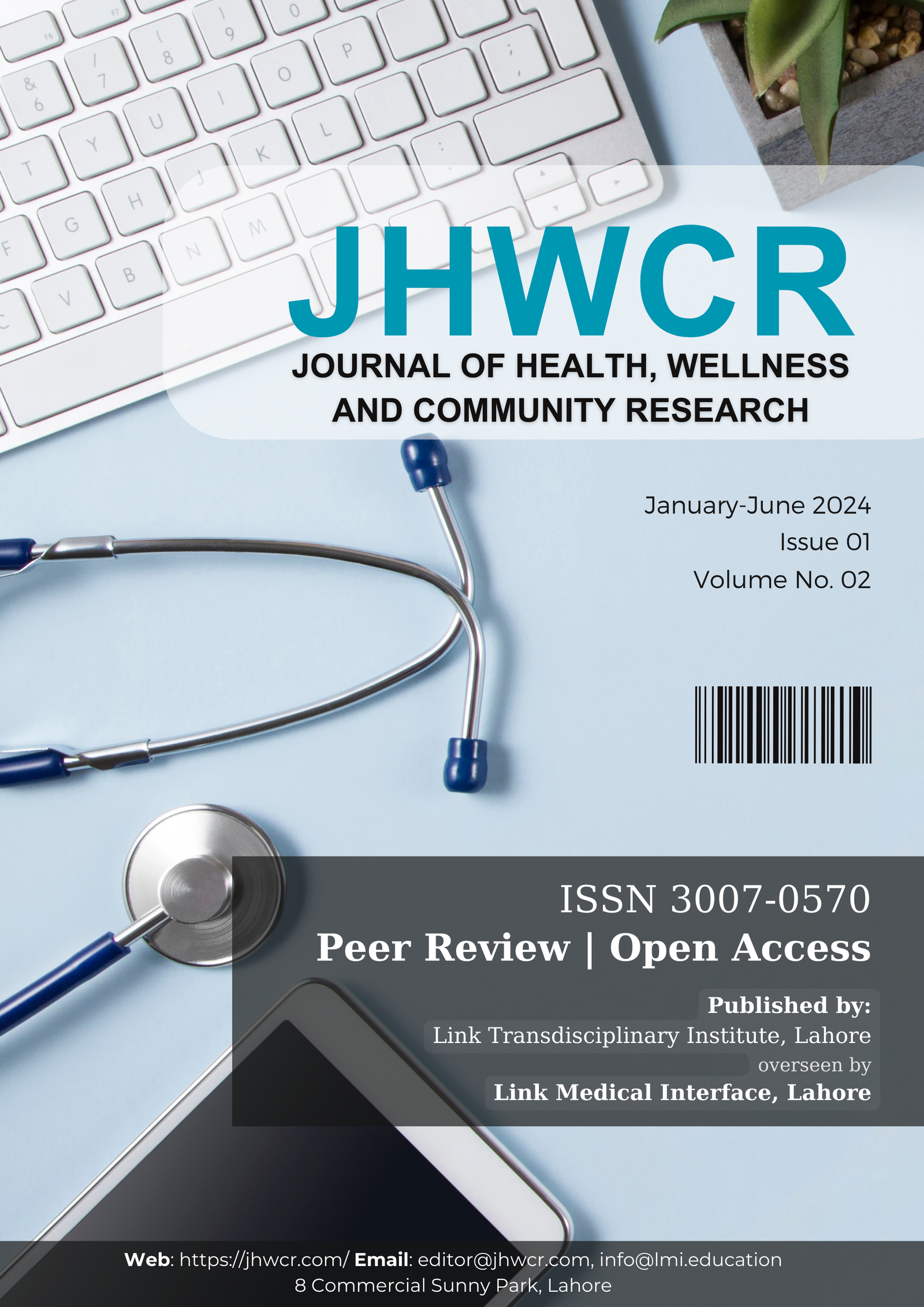Effects of Oxytocin on Cardiovascular Stability in Patients Undergoing Cesarean Section During Spinal Anesthesia
DOI:
https://doi.org/10.61919/rdr10p09Keywords:
Oxytocin, Cesarean Section, Spinal Anesthesia, Hemodynamic Changes, Tachycardia, Hypotension, Maternal SafetyAbstract
Background: Oxytocin is routinely administered during cesarean section under spinal anesthesia to prevent postpartum hemorrhage, yet its use is frequently associated with acute cardiovascular instability. While transient hypotension and tachycardia are well-recognized side effects, there is limited real-world data regarding their incidence, duration, and clinical impact in diverse obstetric populations. Objective: This study aimed to evaluate the immediate hemodynamic effects of intravenous oxytocin administration on heart rate and blood pressure among women undergoing cesarean section under spinal anesthesia, and to assess the prevalence and duration of cardiovascular symptoms. Methods: A descriptive cross-sectional study was conducted in four tertiary hospitals in Lahore, Pakistan, including 80 pregnant women scheduled for cesarean section who received intravenous oxytocin. Inclusion criteria were all pregnant women undergoing cesarean section; patients with severe preeclampsia, eclampsia, or scheduled for vaginal delivery were excluded. Hemodynamic parameters were recorded pre- and post-oxytocin using a standardized assessment tool. Data were analyzed using SPSS version 26, with descriptive statistics and comparative analyses as appropriate. The study was conducted in accordance with the Declaration of Helsinki, with institutional ethical approval and written informed consent from all participants. Results: Of the 80 participants, 53.75% experienced tachycardia and 46.25% developed hypotension following oxytocin administration. Most patients (66.3%) returned to baseline heart rate within 10–30 minutes, and 78.8% achieved baseline blood pressure in the same interval. All hemodynamic changes were transient and clinically manageable, with no persistent adverse maternal or fetal outcomes observed. Conclusion: Intravenous oxytocin during cesarean section under spinal anesthesia induces significant but reversible hypotension and tachycardia. Vigilant perioperative monitoring and individualized dosing are essential to ensure maternal safety, especially in women with cardiovascular risk. These findings support protocol refinement and risk-based care in obstetric anesthesia.
Downloads
Published
Issue
Section
License
Copyright (c) 2025 Ahmad Raza, Alriyan Haider, Muhammad Zeeshan, Habiba, Samar Ilyas, Jawaria Barkat (Author)

This work is licensed under a Creative Commons Attribution 4.0 International License.


